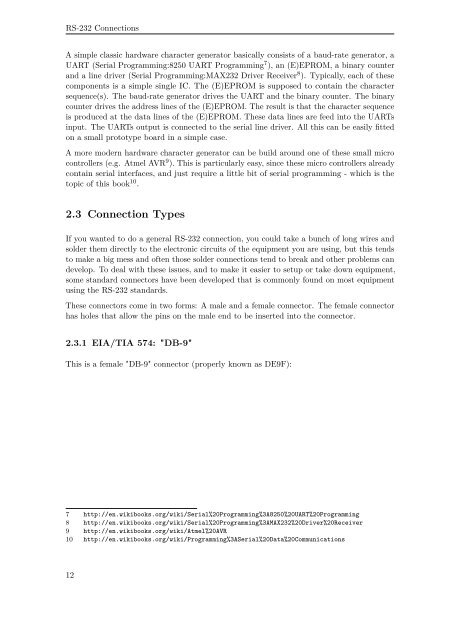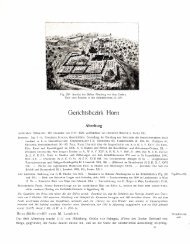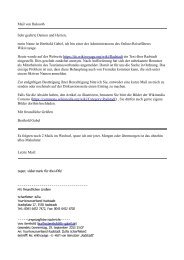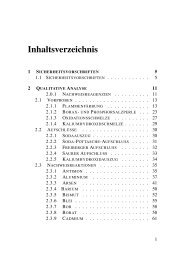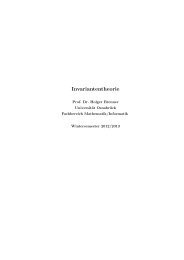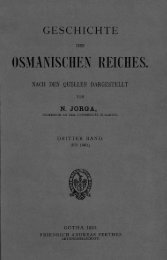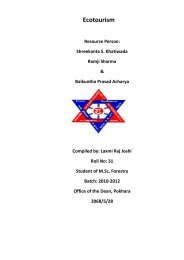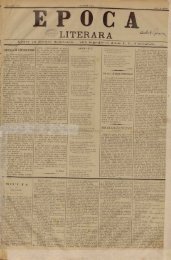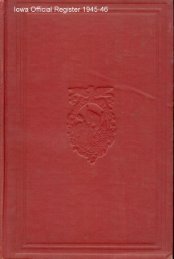Serial Programming - upload.wikimedia....
Serial Programming - upload.wikimedia....
Serial Programming - upload.wikimedia....
Create successful ePaper yourself
Turn your PDF publications into a flip-book with our unique Google optimized e-Paper software.
RS-232 Connections<br />
A simple classic hardware character generator basically consists of a baud-rate generator, a<br />
UART (<strong>Serial</strong> <strong>Programming</strong>:8250 UART <strong>Programming</strong> 7 ), an (E)EPROM, a binary counter<br />
and a line driver (<strong>Serial</strong> <strong>Programming</strong>:MAX232 Driver Receiver 8 ). Typically, each of these<br />
components is a simple single IC. The (E)EPROM is supposed to contain the character<br />
sequence(s). The baud-rate generator drives the UART and the binary counter. The binary<br />
counter drives the address lines of the (E)EPROM. The result is that the character sequence<br />
is produced at the data lines of the (E)EPROM. These data lines are feed into the UARTs<br />
input. The UARTs output is connected to the serial line driver. All this can be easily fitted<br />
on a small prototype board in a simple case.<br />
A more modern hardware character generator can be build around one of these small micro<br />
controllers (e.g. Atmel AVR 9 ). This is particularly easy, since these micro controllers already<br />
contain serial interfaces, and just require a little bit of serial programming - which is the<br />
topic of this book 10 .<br />
2.3 Connection Types<br />
If you wanted to do a general RS-232 connection, you could take a bunch of long wires and<br />
solder them directly to the electronic circuits of the equipment you are using, but this tends<br />
to make a big mess and often those solder connections tend to break and other problems can<br />
develop. To deal with these issues, and to make it easier to setup or take down equipment,<br />
some standard connectors have been developed that is commonly found on most equipment<br />
using the RS-232 standards.<br />
These connectors come in two forms: A male and a female connector. The female connector<br />
has holes that allow the pins on the male end to be inserted into the connector.<br />
2.3.1 EIA/TIA 574: "DB-9"<br />
This is a female "DB-9" connector (properly known as DE9F):<br />
7 http://en.wikibooks.org/wiki/<strong>Serial</strong>%20<strong>Programming</strong>%3A8250%20UART%20<strong>Programming</strong><br />
8 http://en.wikibooks.org/wiki/<strong>Serial</strong>%20<strong>Programming</strong>%3AMAX232%20Driver%20Receiver<br />
9 http://en.wikibooks.org/wiki/Atmel%20AVR<br />
10 http://en.wikibooks.org/wiki/<strong>Programming</strong>%3A<strong>Serial</strong>%20Data%20Communications<br />
12


